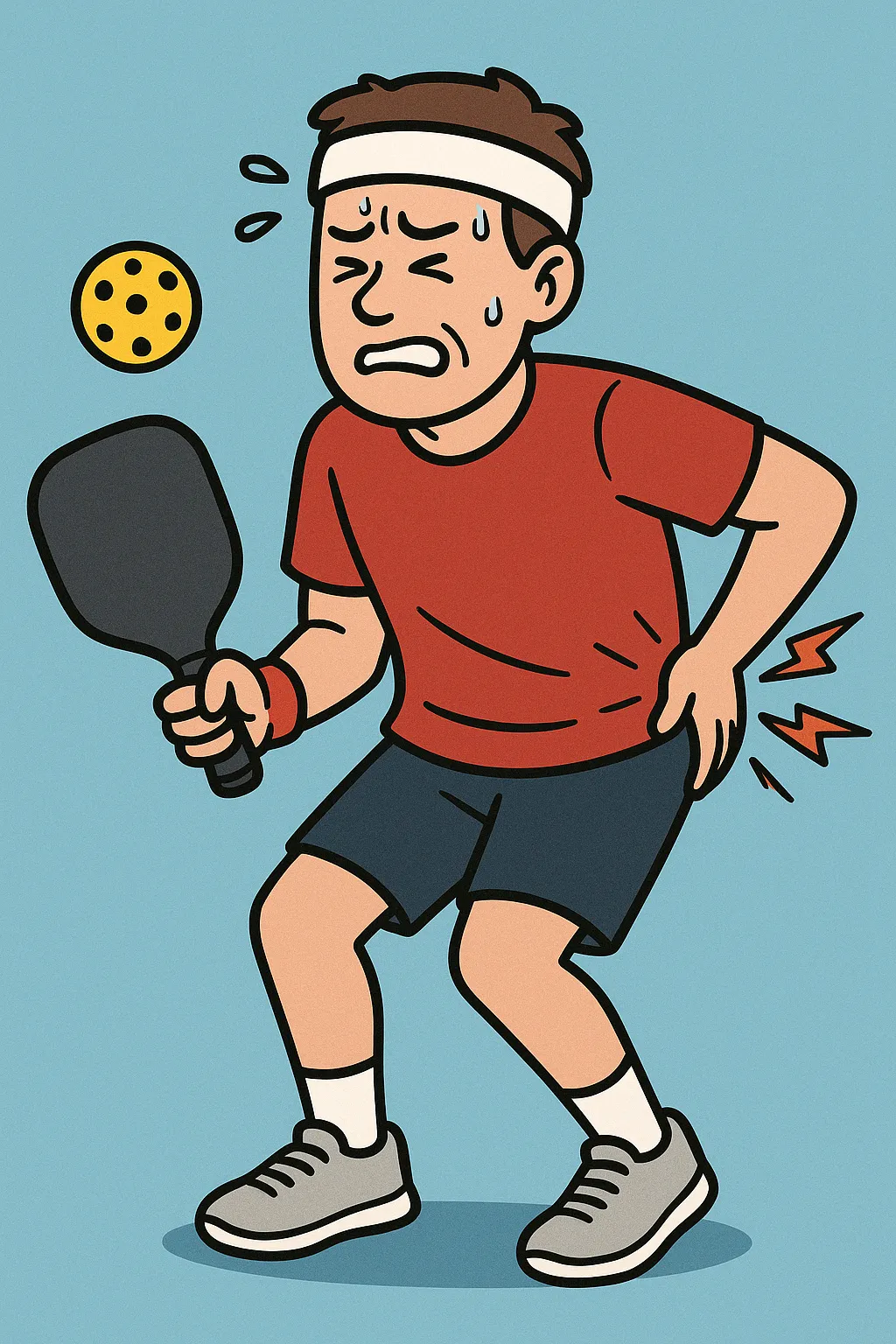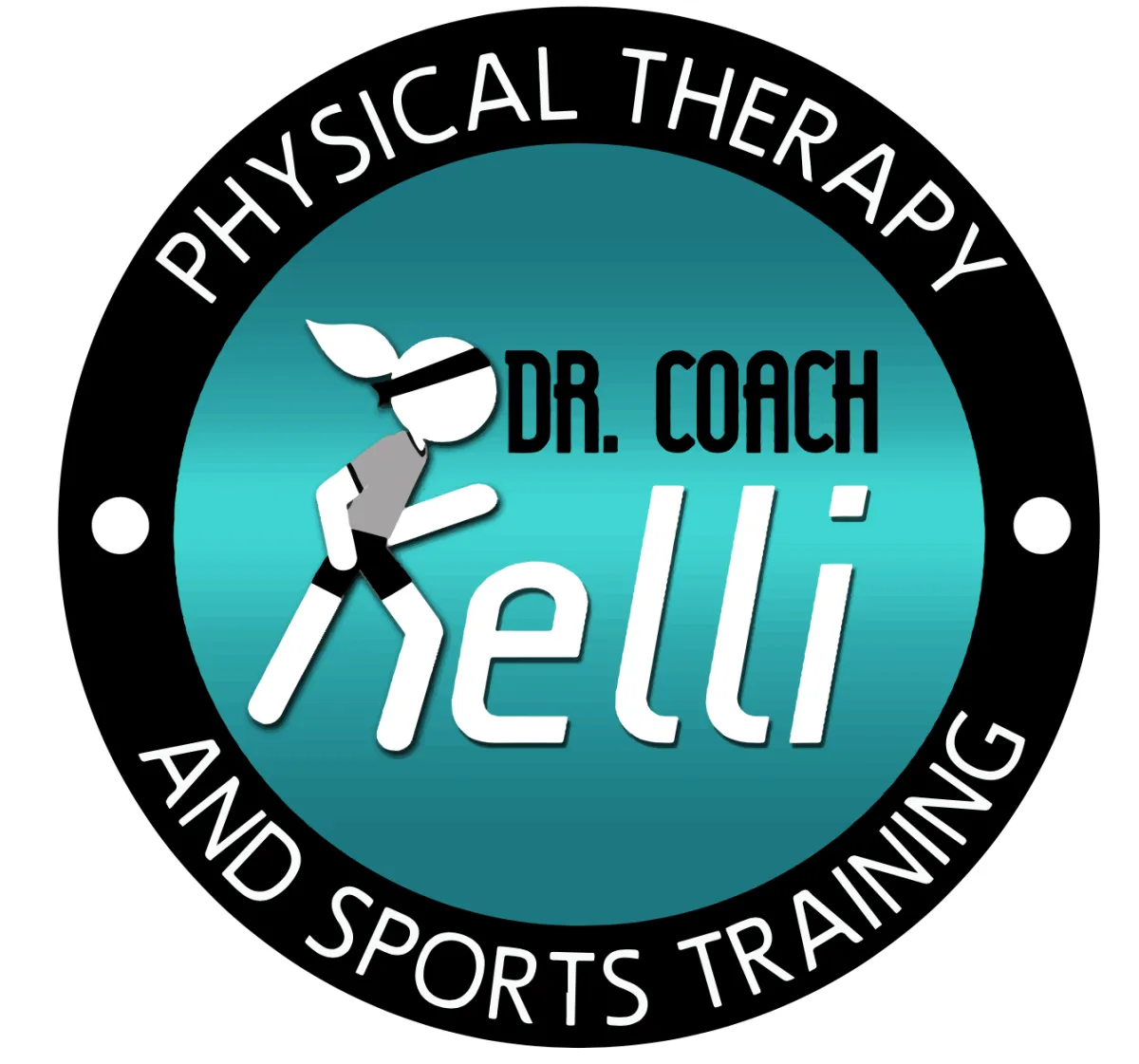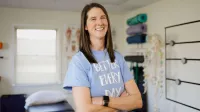185 Fairfield Ave. 1A West Caldwell, NJ 07006
call or text 973-791-8318
Dr. Kelli's Made To Move Blog

Don’t Let Hip Pain Bench You: What Pickleballers Need to Know
“It just feels stuck.”
That’s how one of my patients—let’s call her Mary—described the nagging, aching sensation in her right hip. She’s 62, plays pickleball three times a week, and lights up when she talks about her women’s doubles group. But for the last month, she hasn’t been able to lunge for a dink or pivot for a slam without feeling like her hip was glued together with duct tape and prayer.
And it wasn’t just on the court. Walking Hank (my dog), standing at the stove, even getting in and out of the car—her hip pain followed her like a shadow.
Let’s break down what was happening, and what we did to get Mary back in the game—without surgery, injections, or giving up the sport she loves.
Why Hips Matter in Pickleball
Pickleball may look like a casual paddle sport to the untrained eye, but your hips know better. They’re the powerhouse of every lateral lunge, every overhead reach, and every quick stop-start movement.
When the hips aren’t happy, your body starts to compensate:
The low back tightens up
The knees take on more strain
Your balance and quickness suffer
Your confidence in movement drops
And suddenly, you’re not just sore. You’re avoiding the game.
Common Causes of Hip Pain in Pickleballers
Let’s talk about the usual suspects:
Tight hip flexors from too much sitting and not enough mobility work
Weak glutes (especially glute medius) that fail to stabilize during lateral shuffles
Joint stiffness or arthritis from years of use and maybe a lack of movement variety
Bursitis or tendinopathy from repeated impact and inflammation
None of these mean you're broken. They just mean your body is asking for a different kind of attention.
The Goldilocks Principle in Rehab
Mary didn’t need to stop moving—she needed to move better and more consistently.
That’s the Goldilocks principle: not too much, not too little, just right.
We started with:
Isometric glute activation (wall sits, single-leg bridges)
Dynamic hip openers before each game
Slow, controlled lateral lunges to retrain her hip’s role in side-to-side movement
We didn’t throw 100 things at her. We chose the 3-4 things her body responded well to and did them consistently.
And here’s the thing: Mary also started sleeping better, drinking more water, and going outside every day for 20 minutes. Not because I told her to—but because she felt so good, she wanted to keep the momentum going. That’s what happens when you appreciate your biology instead of fearing it.
My Hip Pain Homework for You
If you’re reading this and nodding your head (while rubbing your hip), here’s your checklist:
✅ Are you walking at least 5,000 steps a day (preferably 10K)?
✅ Are you activating your glutes before games?
✅ Are you sleeping at least 7 hours a night?
✅ Are you doing anything to show your hips you care?
Try this 5-minute routine before your next match:
90/90 hip switch x 10 each side
Standing marches with glute squeeze x 30 seconds
Mini lateral shuffles x 10 each direction
Side-lying leg lifts x 10 each side
None of these should hurt. If they do, back off, slow down, and book a call with me. You don’t have to guess what’s wrong. Let’s find out together.
Your hips are not a ticking time bomb. They’re a resilient, brilliant joint that evolved to squat, climb, dance, and play. With the right inputs—movement, food, rest, breath—they can feel young again.
You were made to move.
I help pickleballers get out of pain and stay on the court—for the long game.
If you’re dealing with pain or have a concern about your body and want a clear, customized plan, click here to book a free strategy call with Dr. Kelli. Remember, you are made to move.
Keep Moving,
Dr. Coach Kelli
West Caldwell, NJ
📞 973-791-8318
185 Fairfield Ave. 1A West Caldwell, NJ 07006
Phone : 973 - 791 - 8318
Fax: 866 - 300 - 8169
Clinic Hours:
Monday : 8am-1pm
Tuesday : 8am-1pm & 3-5pm
Wednesday : Closed
Thursday : 8am-1pm
Friday : 8am-1pm
Saturday by Appointment Only

